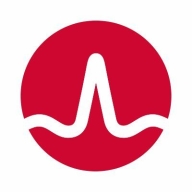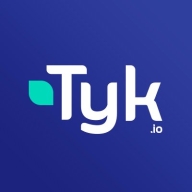

Layer7 API Management and Tyk are strong competitors in the API management sector. Based on features, deployment, and pricing, Tyk appears to have the upper hand in flexibility and cost-effectiveness, while Layer7 excels in enterprise integration and support.
Features:Layer7 API Management is noted for its security protocols, enterprise-grade integration, and robust gateway functions. Tyk is praised for its open-source licensing, lightweight architecture, and rapid deployment capabilities.
Room for Improvement:Layer7 could enhance its user interface and reduce complexity in integrations. It might also benefit from a more competitive pricing model. Tyk might improve by enhancing its enterprise support options and expanding feature sets beyond the open-source framework. Additionally, Tyk has room to increase cloud support options for broader adoption.
Ease of Deployment and Customer Service:Layer7 offers a structured deployment model fit for complex enterprise environments, providing formalized support. Tyk supports multiple deployment options, including cloud-native, with community-driven support that is more agile and responsive.
Pricing and ROI:Layer7 involves substantial upfront costs due to its extensive enterprise features, which can result in a longer ROI. Tyk, with its open-source core and optional premium add-ons, usually has a lower initial cost and quicker ROI, appealing more to startups and mid-sized companies.


Layer7 API Management is a comprehensive solution that enables organizations to securely expose, manage, and monetize their APIs.
It provides features such as API gateway, developer portal, analytics, and security to ensure seamless integration and control over API traffic.
With Layer7 API Management, businesses can streamline their API operations and drive innovation.
We monitor all API Management reviews to prevent fraudulent reviews and keep review quality high. We do not post reviews by company employees or direct competitors. We validate each review for authenticity via cross-reference with LinkedIn, and personal follow-up with the reviewer when necessary.